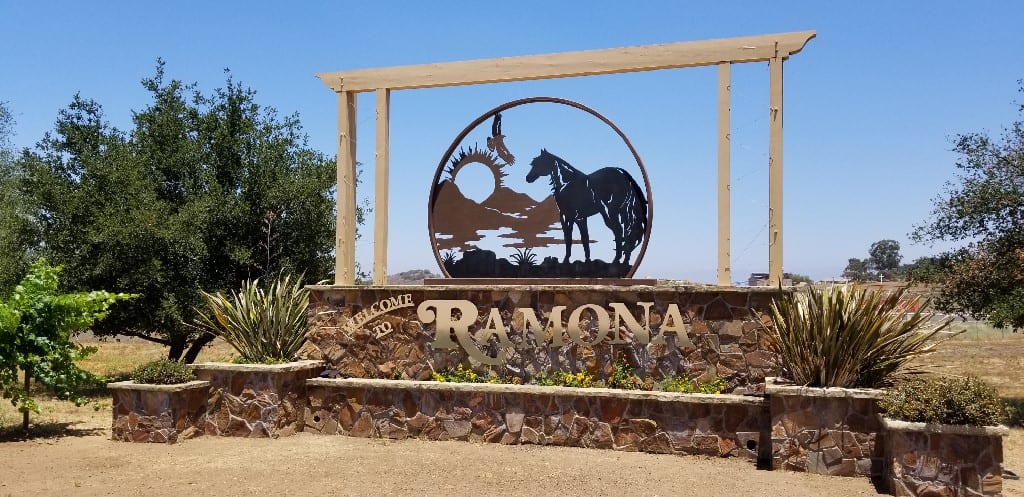Beat the Summer Heat with Rías Baixas Albariño
This past weekend was the Seventh Annual International Albariño Days. It is also summertime and hot outside, so it took little excuses to drink these crisp, refreshing wines. In my recent column in the Napa Valley Register, which you can read below, I shared three Albariños from Rías Baixas that I have been enjoying! The heat of the summer is here, and my palate is calling for crisp, refreshing white wines. One of the wines that is filling this request is Rías Baixas Albariño and right now it is perfect timing because it is also the seventh annual International Albariño Days, August 2-7.

Albariño is indigenous to northwestern Spain and northern Portugal. In Portugal, it is known as Alvarinho and it is the primary grape of Vinho Verde. In Spain, Albariño is the primary grape of Rías Baixas, representing 96 percent of all plantings in the region.
Rías Baixas is located in Spain’s northwest region of Galicia. An Atlantic-influenced climate, it is also known as “Green Spain” as it is an area that is characterized by moderate year-round temperatures, ocean mists and an average rainfall that can be three times the national average. Galicia also gets a lot of sunshine hours, which enables Albariño to fully ripen with good natural acidity.
07 August, 2018








